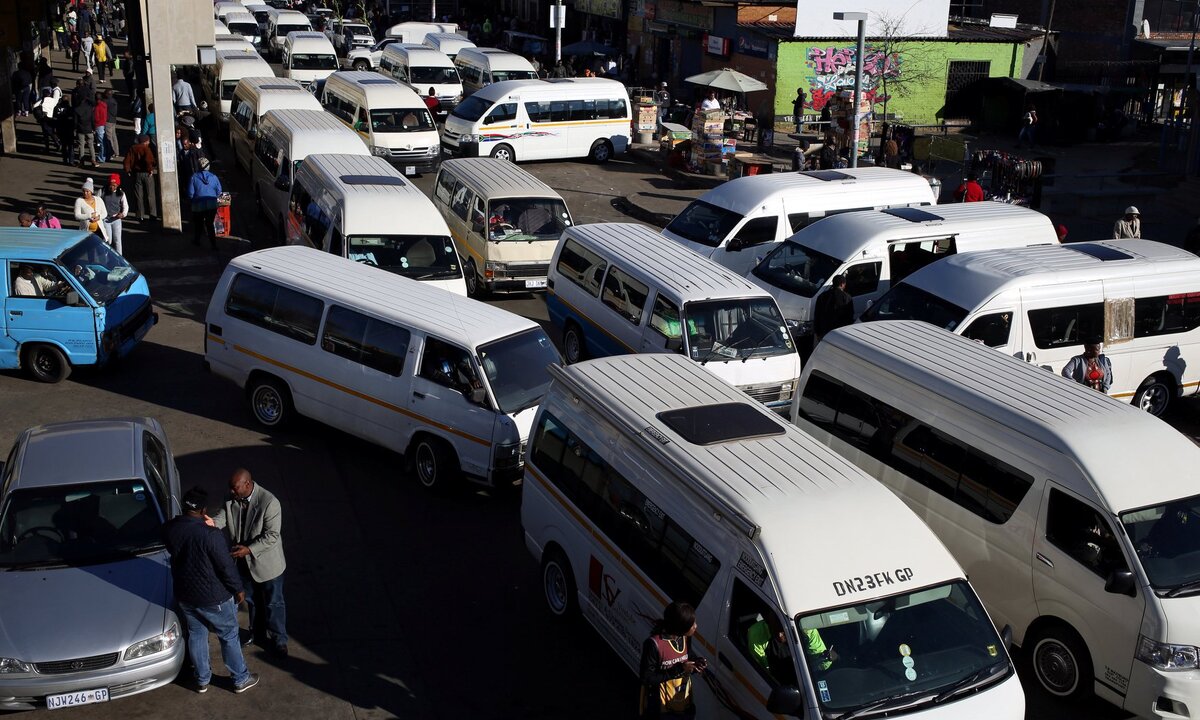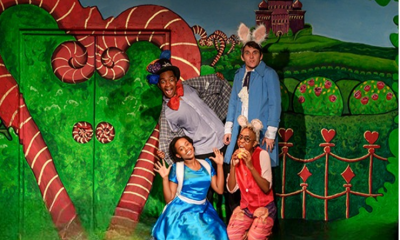News
Johannesburg: A City Where Apartheid’s Legacy Persists

Johannesburg is three decades removed from Apartheid, yet it’s difficult to discern the change while walking its streets. My first day there proved to be quite enlightening. During a weekday late morning, I ventured through the city centre, expecting to witness a diverse melting pot as I would in an American city as reported by Catalyst. However, Johannesburg’s centre was hyper-crowded, filled with bustling outdoor malls and street markets. In the few hours I spent there, I estimated encountering tens, if not hundreds, of thousands of people. Remarkably, besides myself, only three individuals were white – two of whom appeared to be homeless, and the third was briefly traversing from a nice restaurant to her car. This scarcity of white presence struck me, especially considering that the city’s white population stands at 12%.
Later, I discovered that the city centre, once the heart of Johannesburg, had been abandoned by whites. Even black locals warned me of the potential risks associated with strolling through that area. This enduring spatial order persists not only in Johannesburg but also in other parts of South Africa, even 29 years after Apartheid came to an end and democratic governance was established.
South Africa has long grappled with segregation. The Dutch were the first colonisers, followed by the British. The Cape of Africa served as a food supply point for ships travelling to Asia. In 1886, Johannesburg was established after the discovery of gold, attracting people worldwide. The population grew rapidly, reaching 100,000 within a decade.
The burgeoning population exacerbated racial tensions. Black people from various regions of southern Africa flocked to Johannesburg, working in mines, as rickshaw drivers, and domestic labourers. The government responded by forcibly relocating blacks from the city. In 1923, a law defined Black people as “temporary sojourners” who were only allowed to work for whites in the city.
By the 1940s, Johannesburg had become urbanised, with an increased percentage of black residents. Many were employed in the manufacturing sector, particularly during World War II when white people went off to fight, leaving blacks to work in factories. As a result, the black population in South Africa doubled during this period, reaching 400,000.
The surge in the black population fueled tensions. While some politicians argued that black urbanisation was inevitable in economic growth, the Nationalist Party, which won the 1948 election, advocated for total segregation. They promised to protect white jobs from black competition.
Also Read: JMPD Enforces Public Urination Cleanup on Taxi Driver
This marked the onset of the “apartheid” era, characterised by racial segregation. People were classified into different groups: Whites, Indians, Coloreds, and Blacks. Laws were enacted to enforce complete separation, determining where each ethnic group could reside. In addition, the government established a separate education system, banned interracial marriage, and designated separate amenities for public areas, such as libraries, bathrooms, and beaches.
Approximately 80% of South African land was reserved for whites, while the government created “Bantustans” on the outskirts of urban areas for black people to live in. As a result, over three million blacks, including several hundred thousand in Johannesburg, were forcibly relocated. Black individuals had to carry documents granting them permission to move through white areas.
Blacks vehemently protested against Apartheid, with Nelson Mandela emerging as a prominent activist. Mandela was jailed in 1962, but the resistance persisted. International condemnation of Apartheid mounted, ultimately leading to Mandela’s release in 1990. In 1994, the African National Congress, led by Mandela, came to power and officially ended Apartheid.
Despite nearly three decades having passed since the end of Apartheid, Johannesburg remains a segregated city. Many wealthy white residents inhabit gated communities, which emerged in the early 2000s as a response to high levels of violent crime. These communities have established neighbourhood watch groups and private security patrols the streets. Some even boast parks, playgrounds, schools, and clinics. Walking through these communities, Johannesburg feels like the most heavily fortified city I have ever encountered.
One such example is Rosebank, where I resided during my two-week visit. Expansive homes are shielded by walls topped with spikes and barbed wire, while guards sit in booths outside certain residences. As a result, there is minimal interaction between the residents and the streets. However, it is interesting to note that there are still many pedestrians, mostly black commuters, comprising a mix of individuals who work in these homes or nearby retail complexes.
This segregation extends to commercial real estate, with whites primarily occupying heavily secured areas such as shopping malls, offices, or their own vehicles. Few can be found walking the streets. However, in Sandton, another upscale district, there are two parallel economies. Whites (alongside some black professionals) predominantly occupy buildings, while the “street economy” just outside, entirely black, bustles with construction workers, jitney services, motorbike deliverymen, and retail shacks.
Black people largely reside in townships on the outskirts of Johannesburg, where living standards are thoroughly Third World – dirt roads, sporadic electricity, and a lack of restrooms or running water depending on the area. When Nelson Mandela assumed power, he promised to improve these conditions. However, the end of Apartheid also saw a new influx of residents who constructed shacks on the outskirts of cities, making integration more challenging. Coloured neighbourhoods still primarily consist of coloured people (defined as those of mixed race), while Soweto, the renowned area where Mandela lived before his arrest, remains exclusively black.
The government has made efforts to improve the conditions in townships. Nonetheless, South Africa continues to exhibit the highest level of inequality globally.
Research indicates that desegregation in Johannesburg is occurring more than many perceive. Government research from 2016 demonstrates that Johannesburg is the most integrated city in South Africa. One contributing factor is the increased black population, often due to refugees from other African countries, while the white population has remained relatively stagnant. Another crucial factor is the upward mobility of black individuals. Even during Apartheid, the number of black middle-class workers rose from 11% in 1970 to 25% in the 1990s. South Africa’s post-Apartheid affirmative action policies, flawed as they may be, have also played a role.
The generation born after the end of Apartheid, known as the “Rainbow Generation,” aspires to live in a fully integrated society. However, they continue to face a built environment marked by walls, gates, government zoning, and restrictive covenants. Nevertheless, economic growth and the ongoing rise of black professionals can contribute to dismantling segregation in Johannesburg and beyond.
Also Read:
Follow us on Google News
Photo: Facebook / @Soweto.co.za

















